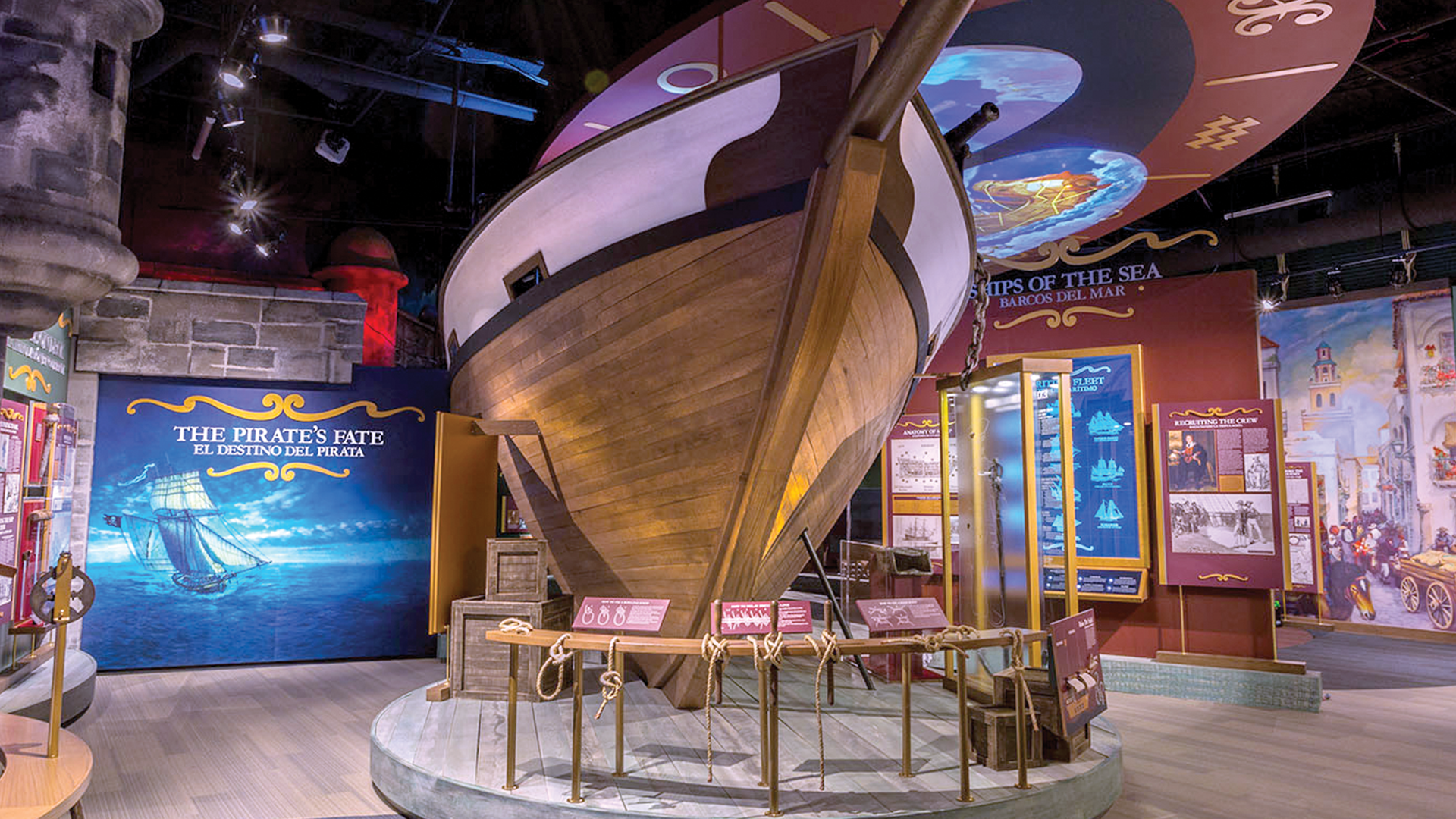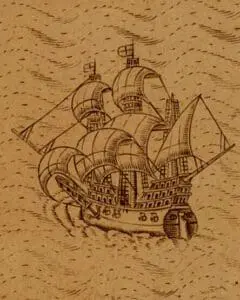You are using an outdated browser. Please upgrade your browser to improve your experience.
Conquistadors
Though often identified in textbooks as “Spanish,” the individuals who journeyed to the New World came from various countries and had diverse ethnic and religious backgrounds. While many were from Spain or sailed under the Spanish flag, Portuguese, Italian, Greek, North African, French, German, Dutch, and English sailors and explorers ventured across the Atlantic Ocean for fame and fortune. After crossing the Atlantic, Hernando de Soto set sail from Cuba, bound for La Florida on May 18, 1539. His 570-person crew, consisting of soldiers, priests, and women, along with livestock such as pigs and horses, made landfall in the Tampa Bay area on May 25.
Pirates
The image of swashbuckling pirates is as popular today as it was more than 100 years ago when the stereotype was created. The real picture is more complicated than most would suspect. They were often seen as a dirty, bloodthirsty group of criminals that scoured the sea, but they also understood the importance of democracy and equality among their crew members. They were, at times, employed by governments like the Spanish and French to disrupt enemy shipping routes and, at other times, left to their own devices. The numerous bays, inlets and islands around Florida and the Caribbean were their homes, where they could hide from the world’s navies.
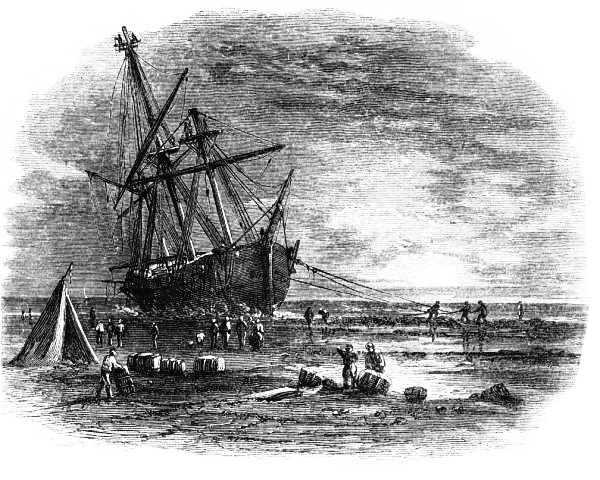
Shipwrecks
During the Age of Sail, there was only one way to travel across the oceans – by ship. The Spanish had dominion over vast territories that produced immense wealth in the form of gold and silver. The relatively uncharted Caribbean and Gulf of Mexico, along with the unknown nature of weather systems – particularly hurricanes – and the ever-present threat of pirates, made sailing around Florida very dangerous. Hundreds of ships, some laden with treasure, sank along the Florida coast and in the Caribbean. Recovery efforts started almost immediately and continue to this day – centuries after the ships went to the bottom of the sea.
Artifacts
Artifacts in the new Treasure Seekers gallery date back to the 1600s and include navigational tools, weaponry, pottery and other items recovered from Florida waters.
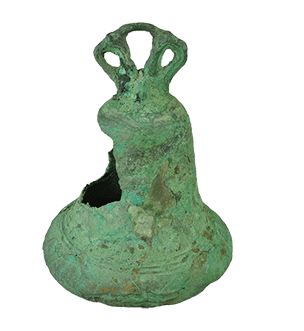
Ship's Bell
17th century, bronze, 7 lbs. Used to signal the time of day, shift changes, or meal time on board the ship. It would likely have been the last sound heard as the ship was sinking.
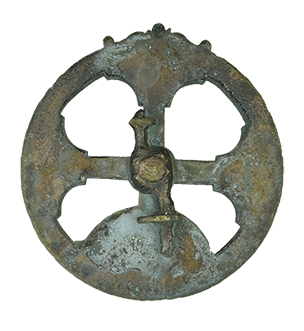
Astrolabe
17th century, bronze, 6 inches in diameter, 5.5 lbs. Used to find the angle of celestial bodies to determine latitude. This artifact is extraordinarily rare; it will be one of only 100 in a museum collection.
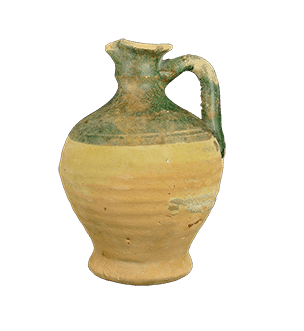
Pottery
17th century, half-dipped green glaze jug, 6 inches tall. The collection includes a wide variety of original tableware and pottery recovered from shipwrecks
Cannon
18th century, made of iron, 6 feet long. Recovered from a 2,000-foot-deep shipwreck in the Mediterranean. This 18th-century cannon was likely used on a Barbary pirate vessel.


